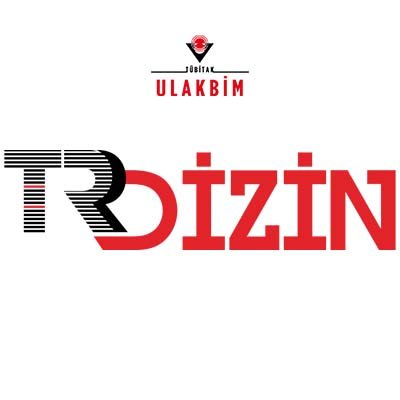The aim of this study was to determine the relationship between leisure time involvement levels and behavioral intentions (re-participation and recommendation) related to these activities on students’ of Sakarya University.
Correlational research method was used. 381 male ( age=22.35±2.276), 198 female ( age=21.73±2.185) students participated to this research. Leisure Involvement Scale, the four expressions determining re-participation and recommendation intention were used. 579 questionnaires obtained by face-to-face interviews were analyzed by descriptive statistics, factors, correlation, regression analysis on SPSS20.0. It’s found that there was a positive and significant relationship between re-participation to the exercise, recommendation intention and subdimensions of the scale at a moderate, high levels. As a result of the multiple linear regression analysis, subdimensions of leisure involvement scale had a statistically significant effect on the re-participation intention to the exercise. Besides, the related dimensions explained the %54 of a total variance in the re-participation intention to the exercise (F(5.573)=139.052;p<.05). The relative importance degree of a related variables included attraction, identity-expression, social interaction, identity-affirmation, centrality. The three of subdimensions of the leisure involvement scale had a statistically significant effect on the recommendation intention However, the relative importance degree of the related dimensions were attraction, identity-expression, social bonding, they explained the %50 of a total variance in the recommendation intention (F(3.575)=196.206;p<.001). Consequently, the level of leisure involvement lead increase in re- participation to the exercise and recommendation intention. It’s possible to enable activities for students in their social and/or campus life to evaluate the leisure time of students in an efficient way.


.jpg)


.png)


